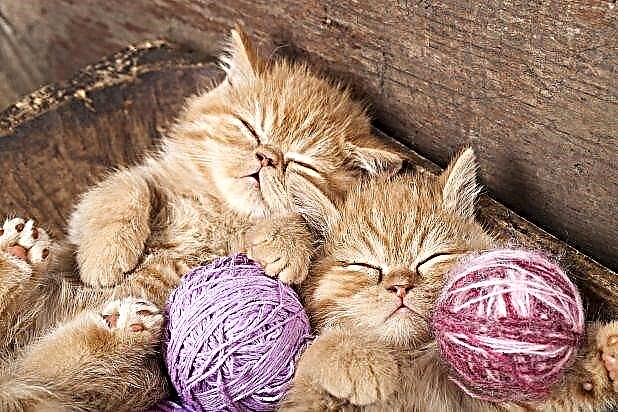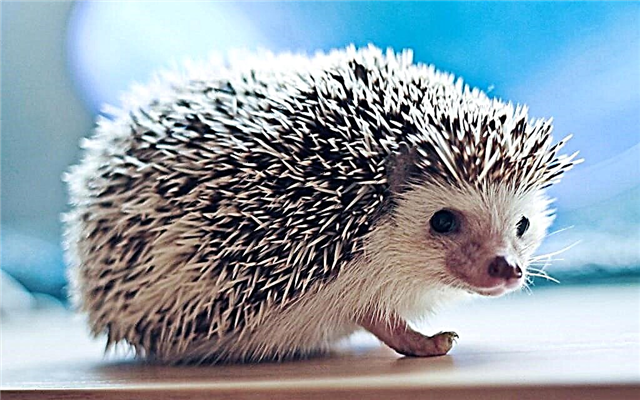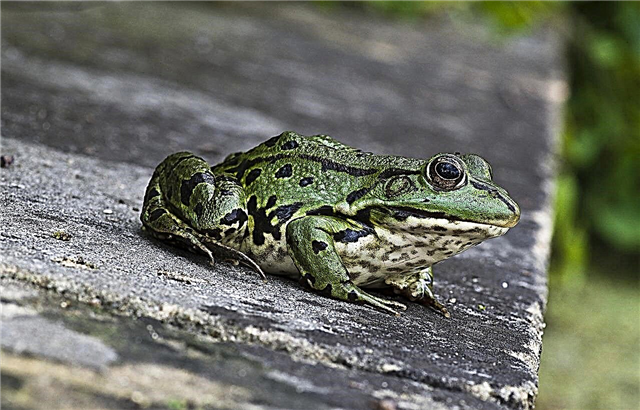Many in childhood watched the cartoon "Little Raccoon" or read the story of the American writer Lillian Moore, based on which he was filmed. The image of a good-natured, inquisitive and slightly cowardly little raccoon from this cartoon is so cute that, having already become adults, viewers automatically transfer his features to real raccoons.

In some ways, such a transfer is justified. Raccoons are very cute in appearance, curious and gentle creatures. Indeed, their usual first reaction to danger is to flee. On the other hand, water for raccoons is practically a native element and a real raccoon, seeing something incomprehensible, most likely would immediately climb into the water in order to catch it, rinse it thoroughly and eat it.
In their homeland in America and in several other countries, raccoons sometimes become a disaster not only in rural areas, but also in cities. They open garbage containers, scattering their contents, they can attack pets and even humans.
In most other countries, raccoons are pets, the maintenance of which, despite all the beauty and prettiness, costs the owners a lot of money and nerves. Raccoons can damage furniture, clothing and shoes. They easily open all doors, including cabinets with food and refrigerators, and ruthlessly destroy food. Raccoon owners tell and film the most incredible things that their pets do.

1. The name of the raccoon in different languages comes from different animals. In Russian, it comes from the name geneta - a raccoon-like predator that was previously common in Europe. In Asian and some European languages, the raccoon is called “washing bear” or “striped bear”. And the Latin name means “pre-dog”.
2. Raccoon is an illustration of a rather rare case when a person did not destroy any kind of animals, but, on the contrary, contributed to the reproduction and spread of the species. Initially, raccoons were found only in America, but all over the world it was spread by lovers of living creatures.
3. Biologists count 4 types of raccoons. The most numerous and diverse is the striped raccoon (it is he who is most famous in Russia) - 22 subspecies.
4. Sizes of raccoons vary by species and gender. In general, we can say that their body length is 45 - 65 cm, and their weight is 5 0 10 kg. Males are larger than females.
5. An Indian legend says that the gods created a raccoon from a man who suffered from excessive curiosity and stole everything. Seeing their creation, the gods took pity and left him human hands.
6. Raccoons are not called “gargles” for nothing - they really love to splash or rinse something in the water. Because of this habit, they have a unique fur, which is 90% dense undercoat. This fur structure helps raccoons stay warm even in cold water.
7. Raccoons are solitary animals. Only some raccoons form flocks, and only for hibernation. However, in the forest, the raccoon, usually covering an area with a diameter of about 1.5 kilometers, easily gets along with other animals and with other raccoons.
8. Promotes the raccoon's livability by its lifestyle. The animal is active primarily in the evening and at night, when the rest are asleep.
9. Male raccoons do not participate in the protection and education of the young in any way. Moreover, after fertilization, they immediately leave the female. She has to not only feed the babies, but also prepare several spare shelters for them in case of danger.

10. Raccoons live most often in tree hollows. They can also occupy the holes of other animals (while they do not dig holes themselves) or live in stone crevasses, etc. Often, a raccoon's dwelling is easy to find by noticeable scratches and remnants of fur on the edges of a hollow or hole.

11. Larger predators can hunt raccoons, but more often they prefer not to get involved with an animal capable of a very serious rebuff. Many more raccoons are killed by the shots of hunters. In some countries where raccoon hunting is allowed, they are exterminated by the millions. However, raccoons are not an endangered species.
12. Raccoons are amazingly agile and have excellent eyesight and touch. This allows them not only to move quickly (they can reach speeds of up to 30 km / h), but also to overcome the most incredible obstacles. They can climb thin branches and sheer walls, open any covers and doors and even jump from a ten-meter height without the slightest harm to their health.
13. These animals are very fond of water, but do not like to swim. They can swim across the water barrier, but like dogs, they do not swim with pleasure.

14. Wild raccoons do not get infectious diseases, but they can easily carry infections. Their visits to farms and houses are more dangerous from this point of view than the weight of the damage caused. Domestic raccoons, if not fed with the right food, quickly begin to suffer from joint diseases, heart disease and fatty liver. Nevertheless, cases were recorded when domestic raccoons lived up to 20 years, although they did not live in the wild for more than 10 years.
15. Domestic raccoon is not cheap pleasure. Prices in nurseries start at 12,000 rubles, while black and silver females cost twice as much. In addition, the raccoon should be provided with a varied diet, including fish, insects, small rodents, and frogs. And raccoons are very fond of spoiling everything that their paws can reach, and they can reach anything.










